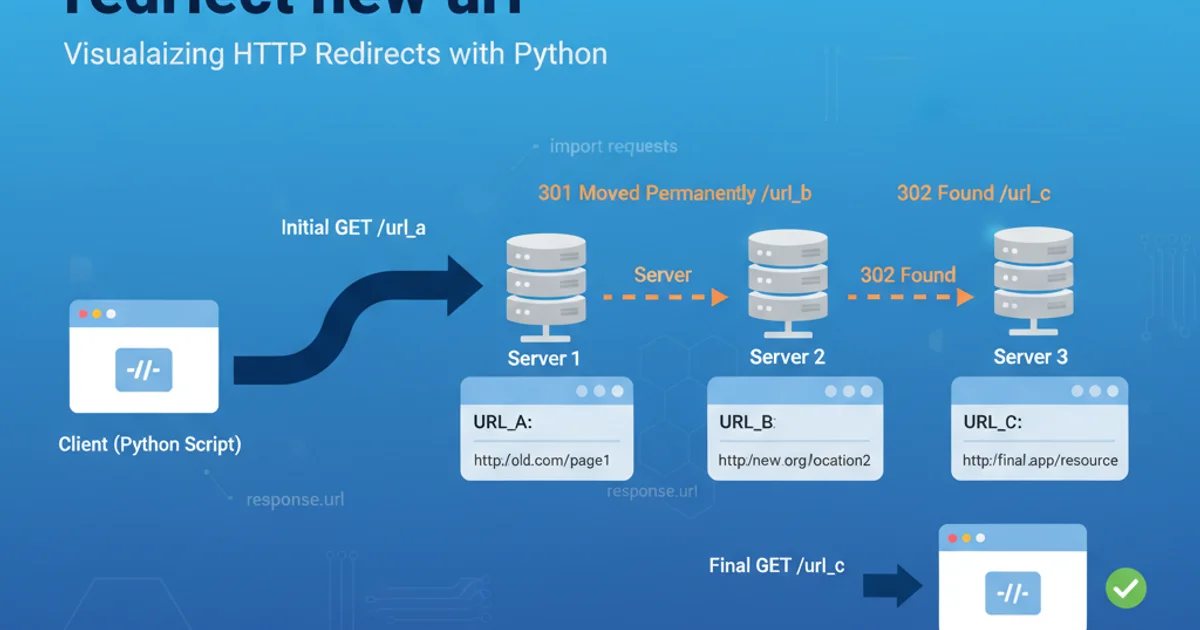Is C Compiled or/and Interpreted?
Categories:
Is C Compiled or Interpreted? Understanding C's Execution Model

Explore the fundamental execution model of the C programming language, clarifying whether it is compiled, interpreted, or a combination of both, and delve into the compilation process.
The question of whether a programming language is compiled or interpreted is fundamental to understanding its performance characteristics, development workflow, and underlying mechanisms. For C, a language renowned for its efficiency and direct hardware access, this distinction is particularly important. This article will clarify C's execution model, detailing the compilation process and explaining why C is firmly categorized as a compiled language.
The C Compilation Process: A Multi-Stage Journey
C is a compiled language. This means that C source code, written by a programmer, must be translated into machine-readable instructions (machine code) before it can be executed by a computer's processor. This translation process is handled by a program called a compiler. The compilation of a C program is not a single step but a series of distinct phases, each performing a specific transformation on the code.
flowchart TD
A[C Source Code (.c)] --> B{Preprocessor}
B --> C[Expanded Source Code (.i)]
C --> D{Compiler}
D --> E[Assembly Code (.s)]
E --> F{Assembler}
F --> G[Object Code (.o)]
G --> H{Linker}
H --> I[Executable Program]The multi-stage C compilation and linking process
Let's break down these stages:
- Preprocessing: The preprocessor handles directives like
#include(to insert header files) and#define(for macro substitutions). It expands macros, includes specified files, and removes comments, producing an expanded source file. - Compilation: The compiler takes the preprocessed code and translates it into assembly language. This is a human-readable representation of machine code specific to the target architecture.
- Assembly: The assembler converts the assembly code into machine code, producing an object file. Object files contain machine instructions but are not yet executable programs because they might contain references to functions or variables defined in other object files or libraries.
- Linking: The linker combines one or more object files with necessary library functions (e.g., from the standard C library) to produce a single, executable program. It resolves all external references and creates the final executable file that the operating system can load and run.
#include <stdio.h>
int main() {
printf("Hello, C is compiled!\n");
return 0;
}
gcc hello.c -o hello
./hello
Why Compilation Matters for C
The compiled nature of C is a cornerstone of its design philosophy and contributes significantly to its characteristics:
- Performance: By translating code directly into machine instructions, compiled languages like C achieve very high execution speeds. There's no runtime interpretation overhead.
- Efficiency: C gives programmers fine-grained control over memory management and hardware resources, which, combined with compilation, leads to highly optimized and efficient programs.
- Portability (with caveats): While C code itself is often portable, the compiled executable is specific to the architecture and operating system it was compiled for. You need to recompile the source code for each target platform.
- Error Detection: Many errors (syntax errors, type mismatches) are caught during the compilation phase, before the program even runs, leading to more robust code.
Compiled vs. Interpreted: A Quick Comparison
To further solidify the understanding, let's briefly compare compiled and interpreted languages:
- Compiled Languages (e.g., C, C++, Go): Source code is translated into machine code once, creating an executable file. This executable can then be run multiple times without re-translation. Execution is generally faster.
- Interpreted Languages (e.g., Python, JavaScript, Ruby): Source code is translated and executed line-by-line at runtime by an interpreter. There is no separate executable file created beforehand. Execution can be slower due to runtime translation overhead, but development cycles can be faster as there's no explicit compilation step.